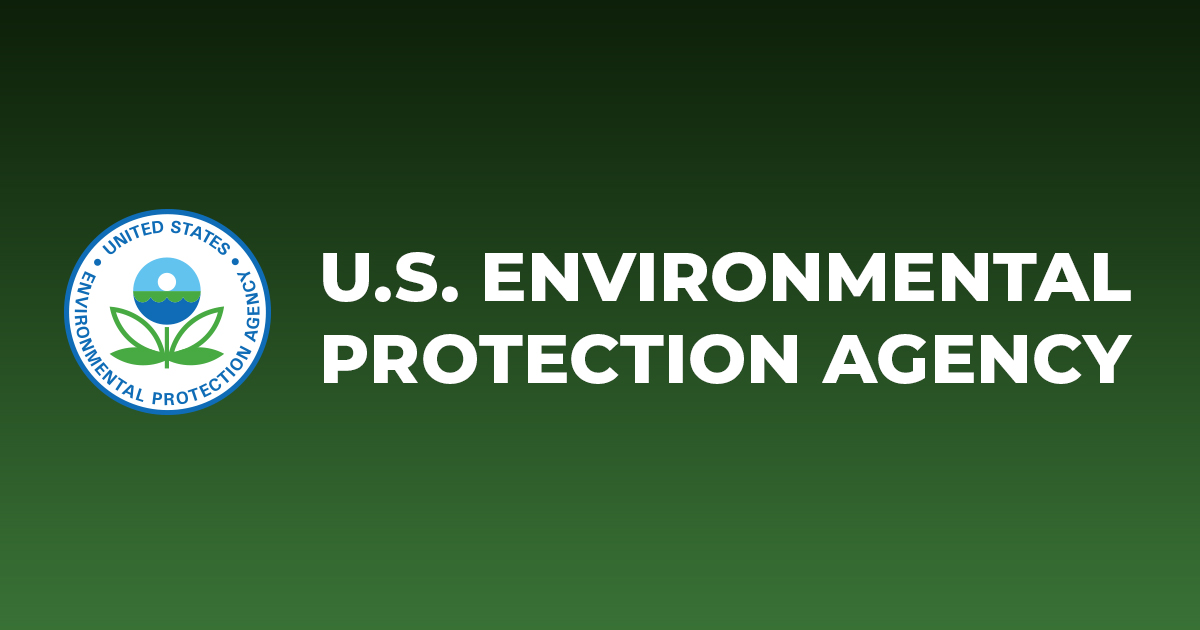(image credit: Wikipedia)
The popular image of the Arctic is as a “frozen North,” which it was for all of human history until a couple of centuries ago. In that view, intrepid explorers and scientists clatter over tundra and ice roads in dogsleds and decrepit trucks, risking everything to bring back important samples and wild tales of howling winds. But this vision is growing passé. The Arctic is warming four times as fast as the global average. While there are still plenty of extreme risks from sea ice, blizzards, and the like, from here on it will be the dangers of thawing, not freezing, that plague the Arctic. The problems people encounter will involve mosquitoes, mud, cracked roadways, flooding, buildings splitting down the middle—and disease.
Vladimir Romanovsky had an experience typical of the new Arctic. An emeritus geophysicist at the Permafrost Laboratory at the University of Alaska Fairbanks, he studies the thermodynamics of permafrost. On a field trip recently near Alaska’s Prudhoe Bay, where the permafrost is still mostly frozen but has a deepening liquid top layer, he made a classic error on the way to a site where he wanted to take measurements. “I knew I shouldn’t go there, but it was a good shortcut to the place where I should go,” he says. His boots got stuck not in quicksand, but in a new type of pitfall he calls “siltsand”—many times more viscous and adhesive than waterlogged sand.
It was not a heroic life-or-death moment—it was a comic pulling of bootstraps as he balanced on one leg while yanking first one boot, then the other, out of a deceptively smooth and shallow surface. Falling would have meant losing his boots and crawling through the siltsand to the pond’s edge. His field partner was half an hour away.
Romanovsky’s experience was benign, but it illustrates how people are meeting new ecosystems with unaccustomed risks. He didn’t have to fight off germs afterward, but melt ponds in permafrost are fast developing their own new microbiomes, and it is not clear how benign or malign they may become. The conditions that protected the Arctic from many health threats, both local and from the south, are melting away.
Read the full article on The Bulletin of the Atomic Scientist





